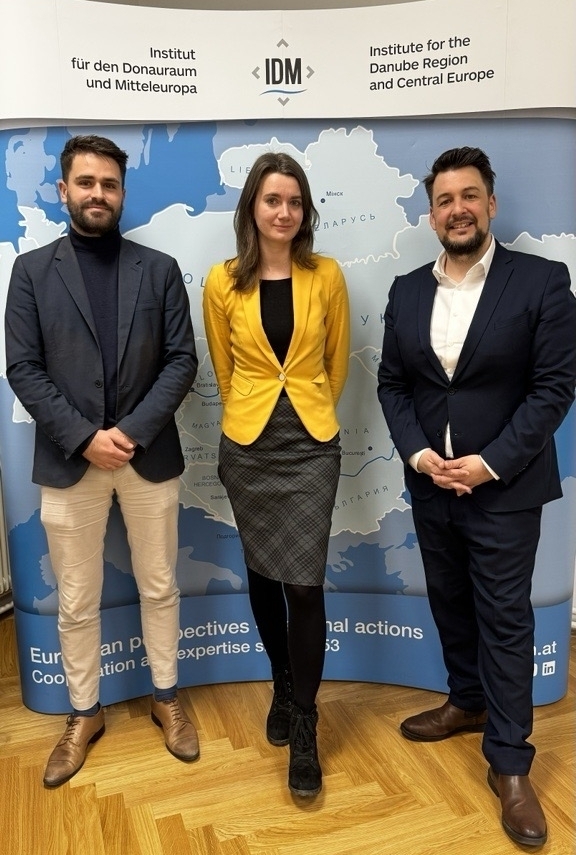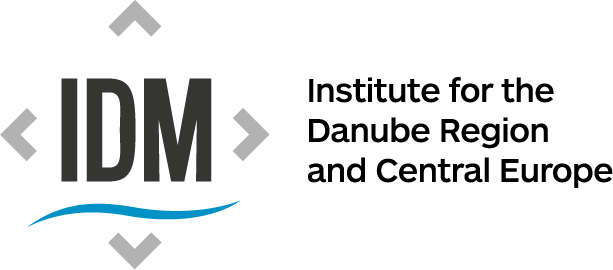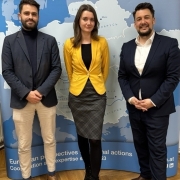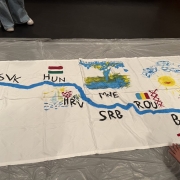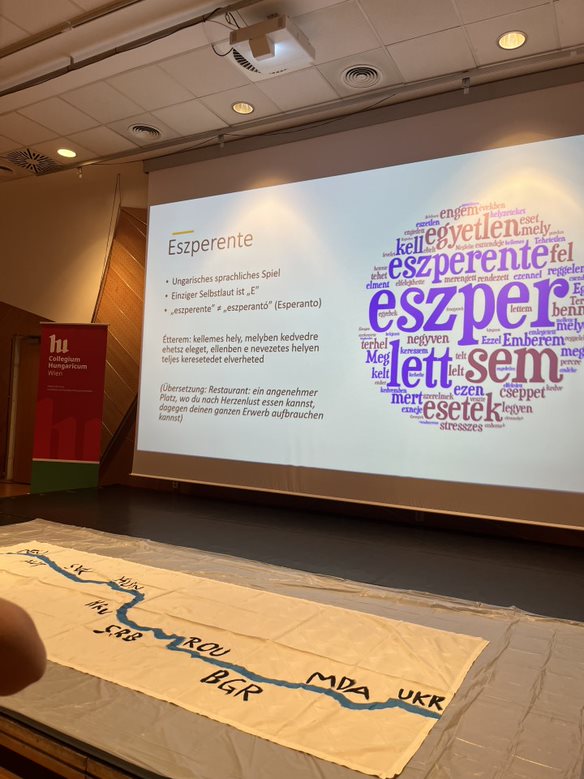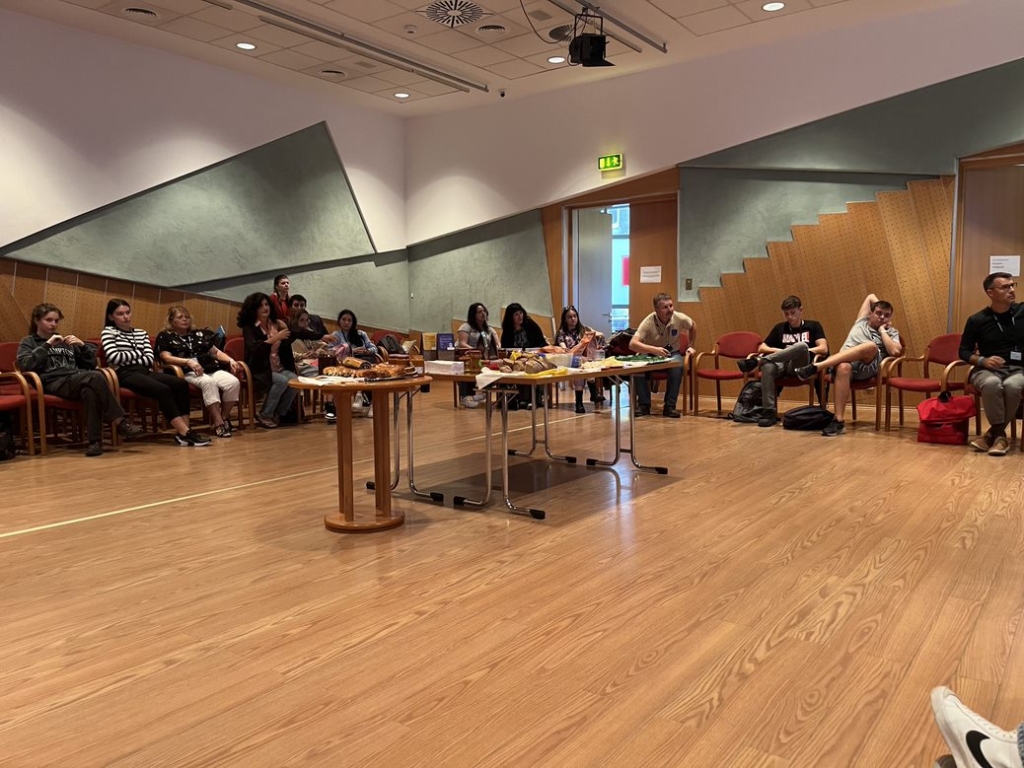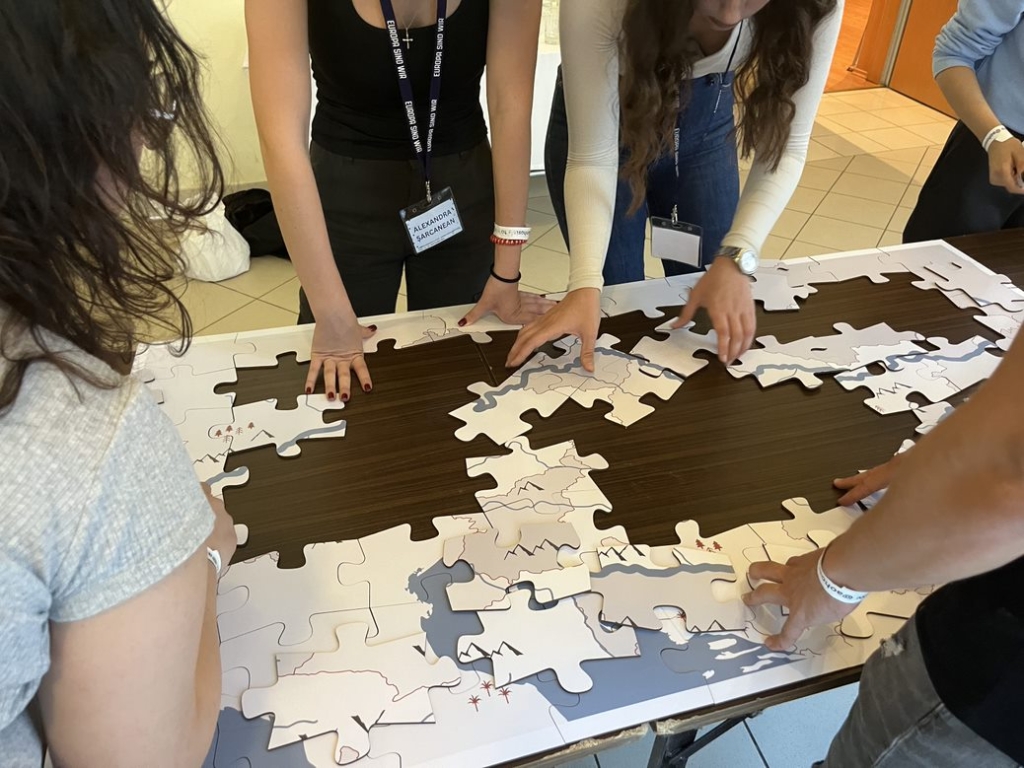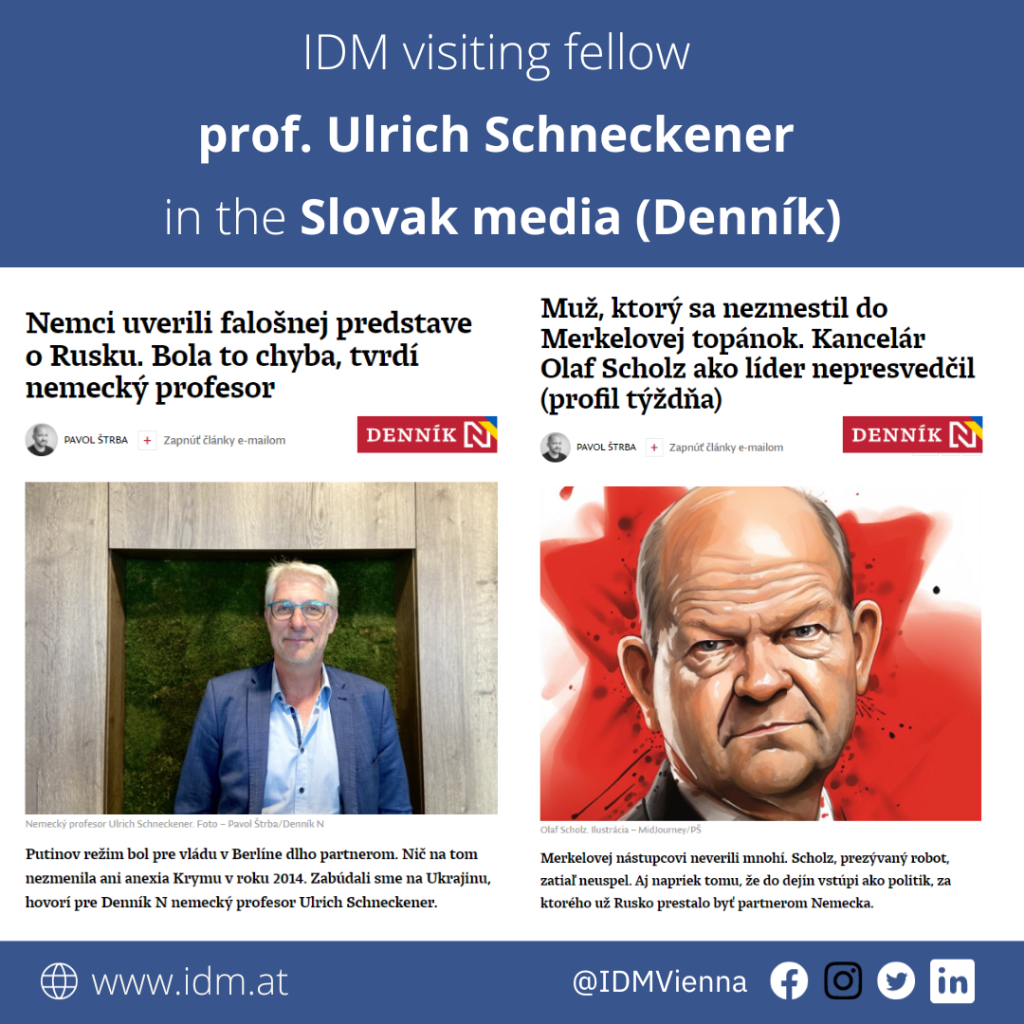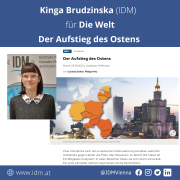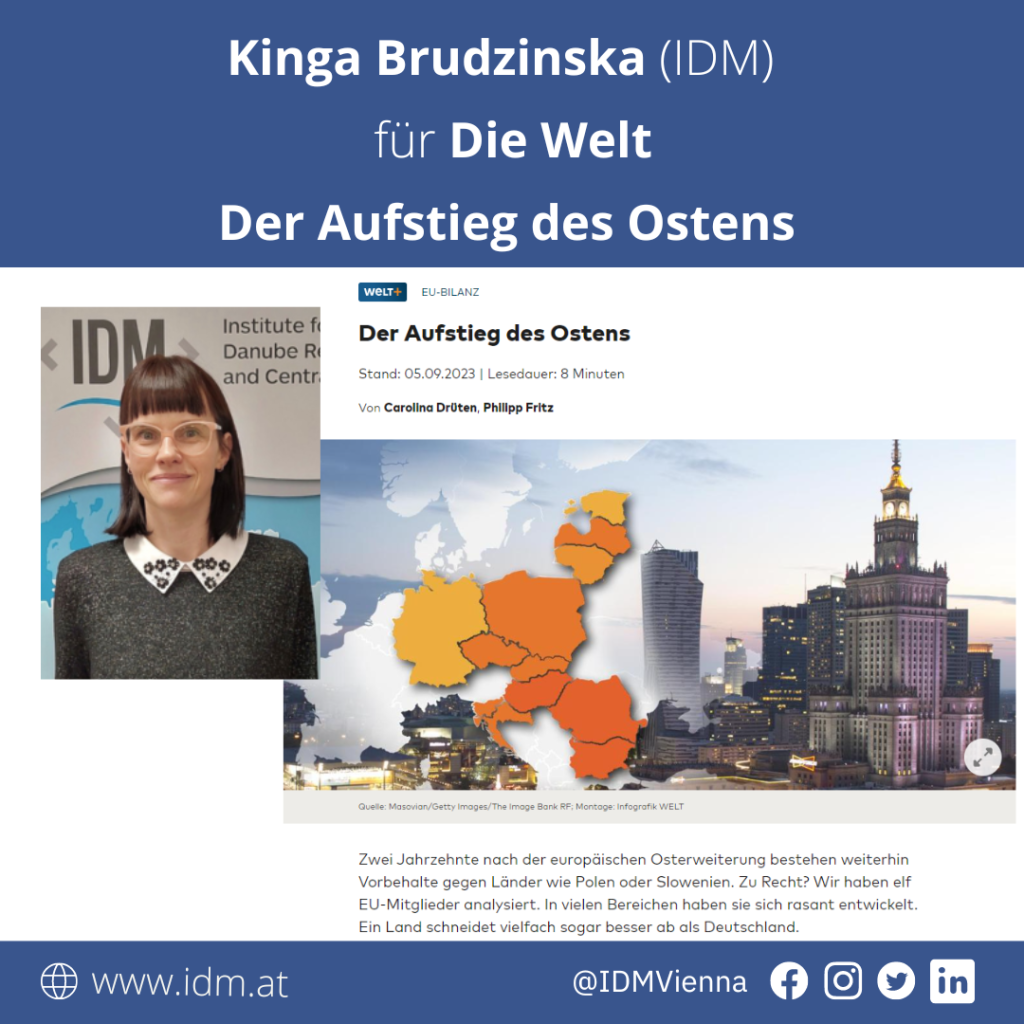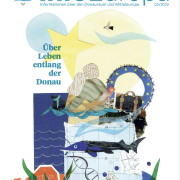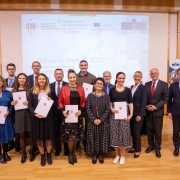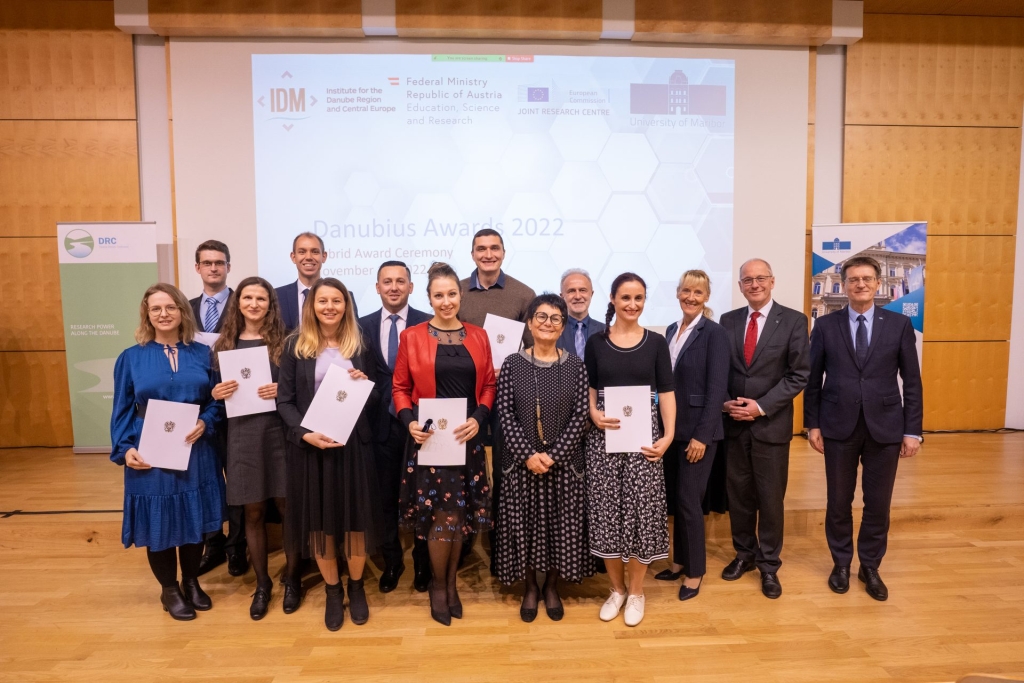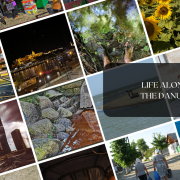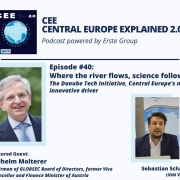
URKHARD KASTENBUTT leitet das Institut für Sucht- und Gesundheitsforschung in Osnabrück. Im IDM-Interview mit DANIELA APAYDIN spricht er über die Veränderungen im Umgang mit Rauschmitteln und das Spannungsfeld zwischen Kultur, Kontrolle und Konsum von Drogen.
Wir führen dieses Interview mitten im Fasching, einer traditionell rauschhaften Zeit. Wie stehen Sie als Sozial- und Suchtforscher zu dieser Tradition?
Ich halte Feste, die sich vom profanen Alltag abgrenzen, für wichtig. Sie vertreten eine Körperlichkeit, die gerade in unserer virtuellen Welt an Bedeutung verliert und auf digitale Weise nicht hergestellt werden kann. Außerdem setzen sie Formen sozialer Kontrolle für einen gewissen Zeitraum außer Kraft. Die Soziologie spricht von einer rauschhaften Vergemeinschaftung. Diese Ausnahmezustände gefährden nicht die gesellschaftliche Ordnung, sondern bestätigen im Endeffekt nur ihre Notwendigkeit.
Viele nehmen solche Feste aber auch zum Anlass, sich grenzenlos zu betrinken.
In den letzten Jahren gibt es in einigen europäischen Ländern etliche Bemühungen, wieder zu den ursprünglichen Karnevals- oder Fastnachtsfeiern zurückzukehren – weg vom übermäßigen Alkoholkonsum und hin zu mehr Familienfreundlichkeit. Dabei ist gegen einen leichten Rausch nichts zu sagen. Vielmehr geht es um die selbstkritische Wahrnehmung des persönlichen Trinkverhaltens, also der Frage, ob ich solche Feste nicht lieber bewusst erleben will.
Sehen Sie im Rausch ein menschliches Grundbedürfnis?
Ja, der Konsum von psychoaktiven Substanzen und das Erlebnis des Rausches lassen sich in vielen Ländern der Welt als kulturelle Phänomene beobachten. Schon bei den Griech*innen und Römer*innen spielte der Konsum von Wein eine bedeutende Rolle, um im Rausch den Gottheiten näher zu sein. Von den eurasischen Reitervölkern, den Skythen, ist bekannt, dass sie sich durch das Erhitzen von Hanf in ihren Dampfbädern berauschten. Der Rausch spielte also schon lange eine bedeutende Rolle, um den Anforderungen und Belastungen des Alltags zeitweise zu entfliehen und in eine andere Erlebniswelt einzutauchen.
Gehen Gesellschaften – global gesehen – unterschiedlich mit den Erfahrungen von Ekstase um? Welche Rolle spielt etwa das Christentum in unserem Umgang mit Alkohol? Immerhin hat schon Jesus Wasser zu Wein verwandelt.
Der Alkohol war bereits lange vor Christus ein Symbol zahlreicher Mythologien und Religionen. Vor ca. 8000 Jahren wurde in Mesopotamien, auf dem heutigen Gebiet um den Irak und Syrien, Wein angebaut. So gesehen ist der Alkohol nicht allein Folge des christlichen Erbes. Er ist aber seit Jahrhunderten die bevorzugte
Droge im sogenannten christlichen Abendland. Über die kulturellen und sozialen Kontexte von Rausch und Ekstase liegen leider nicht viele Studien vor. Die meisten orientieren sich an medizinischen Aspekten. Es gibt in der Suchtforschung also reichlich Nachholbedarf, vor allem was die soziologischen Aspekte in Ostmittel- und Südosteuropa angeht.
Kann und muss der Staat den Rausch kontrollieren?
Das Bedürfnis nach rauschhaftem Erleben lässt sich nicht verbieten. Versuche, die Menschen daran zu hindern, sind vielfach gescheitert. Denken wir etwa an die Alkohol-Prohibition zu Beginn des 20. Jahrhunderts in den USA. Daraufhin produzierten und verkauften die Menschen Alkohol illegal, was mit etlichen sozialen und gesundheitlichen Problemen einherging. Staatliche Kontrollen können also äußerst kontraproduktiv sein. Zwar gibt es heute gesetzliche Normen, was den Konsum bestimmter Drogen anbelangt, nur greift der Staat nicht direkt in die Freiheitsrechte ein.
Ist das so? Immerhin wird der Umgang mit gewissen Drogen mit Freiheitsstrafen geahndet, während wiederum andere wie Alkohol erlaubt sind.
Der Konsum gewisser Drogen allein ist in vielen europäischen Ländern rein rechtlich nicht strafbar. Dagegen sind aber alle Tätigkeiten rund um den Gebrauch solcher Substanzen strafbar, wozu der Besitz, der Anbau, die Herstellung, der Erwerb und der Handel gehören.
Was kann ich mir unter Rauschkompetenz vorstellen?
Moderne Gesellschaften haben heute eine lockere Einstellung gegenüber dem Rausch, etwa in Bezug auf Alkohol oder Cannabis. Das war aber nicht immer so. Während die Menschen im Mittelalter den Rausch für einen selbstverständlichen Bewusstseinszustand hielten, hat sich das im Übergang zur Neuzeit verändert. Die Menschen entwickelten Schamgefühle und Moralvorstellungen gegenüber ihrem Trinkverhalten. Der Zwang zur Kontrolle von Affekten stand dabei im Mittelpunkt des Geschehens. Auch heute steht die Selbstkontrolle im Vordergrund, aber eben in einem anderen Zusammenhang, der weniger auf Moral, sondern auf einem reflektierten Umgang mit Substanzen beruht.
Das heißt, die Verantwortung für einen gemäßigten Umgang mit Rauschmitteln liegt beim Individuum?
Genau, jedoch verfügen nicht alle Menschen über solche Kompetenzen. Dies wird deutlich, wenn man sich mit dem Missbrauch von Alkohol und seinen Risiken beschäftigt. So betreibt ein relativ großer Teil der Bevölkerung innerhalb der EU einen gesundheitsriskanten Alkoholkonsum, auch wenn ein solches Verhalten noch nicht auf eine Suchtmittelabhängigkeit hindeutet. In Deutschland konsumieren rund 7,9 Millionen Menschen Alkohol in gesundheitsriskanter Form. 1,6 Millionen Deutsche gelten als alkoholabhängig und sind behandlungsbedürftig.
Sie sind schon seit den 1980er Jahren in der Bildungsarbeit tätig. Ändert sich denn der Umgang mit Drogen von Generation zu Generation?
Jugendliche beginnen meistens mit dem sogenannten Probierkonsum von Tabak und Alkohol, der mit Neugier und Experimentierdrang verbunden ist. Die meisten hören aber auch bald wieder auf oder konsumieren kontrolliert. Besorgniserregender ist das relativ junge Phänomen des »Koma-Saufens«, da solch ein Verhalten zu lebensbedrohlichen Alkoholvergiftungen führen kann. Alkoholkonsum findet auch immer jünger statt. So macht bereits die Hälfte der 12-Jährigen in Deutschland erste Erfahrungen mit Alkohol. Auch der Mehrfachkonsum von Drogen ist ein wachsendes Problem unter Jugendlichen und jungen Erwachsenen. Manchen reicht der Konsum einer Substanz nicht mehr aus, um den gewünschten Kick zu erzeugen. Der parallele und zeitnahe Gebrauch unterschiedlicher psychoaktiver Substanzen ist äußerst gesundheitsschädlich.
Haben sich auch die Auslöser für den Drogenkonsum verändert?
Noch vor gut vierzig Jahren spielten autoritäre Formen der Erziehung sowie Minderwertigkeitsgefühle eine große Rolle für Suchtentwicklung. Durch den Verlust traditioneller Normen und Werte fehlt heute dagegen vielen Jüngeren die Orientierung. Ist die ältere Generation der Drogenkonsument*innen in einem zu engen »seelischen Korsett« aufgewachsen, sind heutige Jugendliche schon früh auf sich allein gestellt. Bei der jüngeren Generation der Suchtkranken geht es vor allem um Probleme der sozialen Integration und Bindung. Hinzu kommen Belastungen in der Schule, am Arbeitsplatz oder in den sozialen Netzwerken, was bei vielen Betroffenen mit Zukunftsängsten einhergeht. Zusammen schürt das Frustrationen und Gefühle der Hilflosigkeit, das ist vollkommen anders als in früheren Generationen. Der österreichische Neurologe und Psychiater Viktor E. Frankl bezeichnete ein solches Lebensgefühl als »existentielles Vakuum«. Und gerade in der jungen Generation der Suchtkranken haben Sinnlosigkeits- und Entmutigungsgefühle zugenommen, wobei sich viele von ihnen nach einer authentischen und intakten Gemeinschaft sehnen, die sie vielfach in ihrem sozialen Umfeld nicht gefunden haben.
Wo sollte die Suchtprävention künftig stärker ansetzen?
Jugendliche sollten dabei unterstützt werden, ihre Identität stabil und positiv entwickeln zu können. Dabei geht es etwa um die Förderung der individuellen Konfliktfähigkeit, damit junge Menschen im Umgang mit Drogen kritischer und damit widerstandsfähiger werden. Eine solche Prävention sollte nach Möglichkeit schon im Elternhaus beginnen und sich in der Schule fortsetzen, wobei auch Jugendkultureinrichtungen in die Prävention miteinzubeziehen sind. Auf diesem Gebiet muss noch viel mehr geschehen.
Wie stehen Sie angesichts dieser Herausforderungen zur Entkriminalisierung von Cannabis?
Als Suchtforscher begrüße ich es, dass der geringfügige Besitz von Cannabis in Deutschland nicht mehr unter Strafe gestellt werden soll. Man sollte die Begriffe Entkriminalisierung und Legalisierung aber nicht gleichsetzen. Auch wenn Cannabis entkriminalisiert wird, sind die Produktion und der Vertrieb von Cannabis immer noch illegal. Auch stellen der Besitz und der Konsum der Droge in Deutschland weiterhin eine Ordnungswidrigkeit dar. Es kann also zu Geldbußen kommen. Bei einer Legalisierung würde es legale Optionen geben, Cannabis käuflich zu erwerben, es zu besitzen und zu konsumieren. Das muss aber noch gesetzlich geregelt werden.
Dr. phil. Burkhard Kastenbutt ist Erziehungs- und Sozialwissenschaftler und leitet das Institut für Sucht- und Gesundheitsforschung in Osnabrück. Zusätzlich zu seiner langjährigen Bildungsarbeit in und mit Suchtselbsthilfegruppen ist er als Dozent am Fachbereich Kultur- und Sozialwissenschaften der Universität Osnabrück tätig.
Daniela Apaydin ist Historikerin und Chefredakteurin des Themenhefts Info Europa des Instituts für den Donauraum und Mitteleuropa (IDM).
